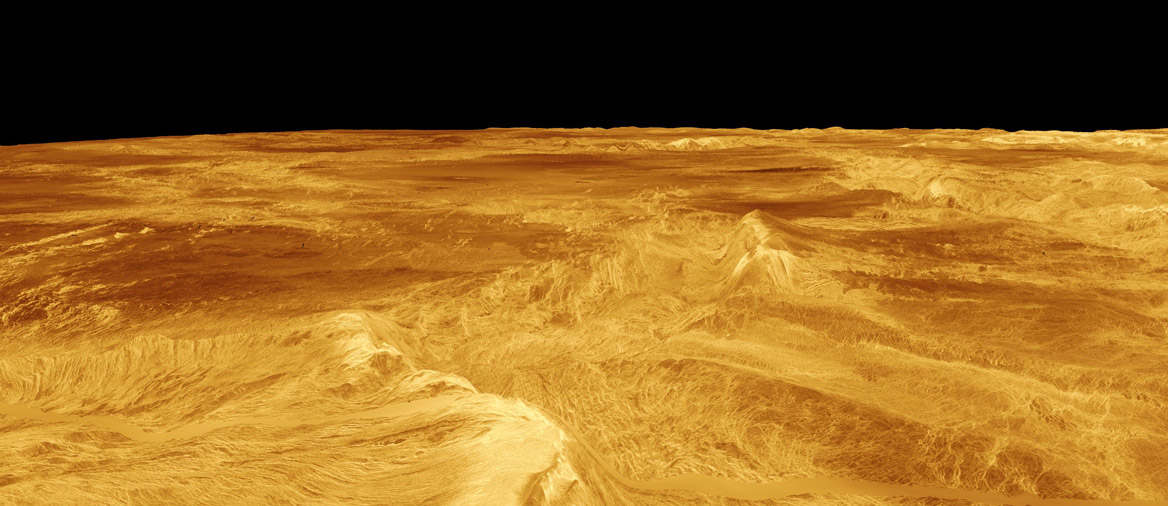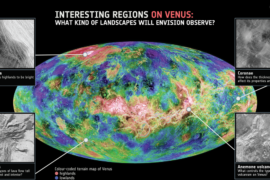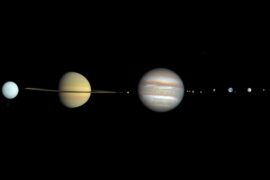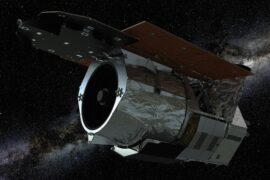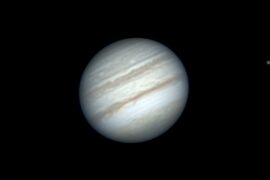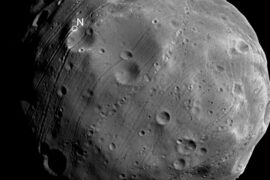A grand total of 46 different spacecraft have been launched with the mission of exploring Venus. Being one of our closest neighbors and a terrestrial planet, Venus is a natural target of study for scientists and astronomers.
This is why when the space race started in the 1960s between the United States and the Soviet Union, Venus was chosen as the first destination to visit.
The problem is, Venus is a very challenging planet to visit. It is the hottest planet in the Solar system and its atmospheric pressure is 92 times greater than Earth’s.
So, that begs the question, did any of these missions succeed in landing?
Have we landed on Venus?
The short answer is yes. In 1961, the Venera 7 spacecraft launched by the Soviet Union landed on the surface of Venus becoming the first successful landing on another planet. This was an unmanned ship whose only mission was to transmit data about the surface and atmosphere of the planet.
As for manned missions, no. No human has yet walked on another planet other than Earth. The only celestial body that humans have walked on is the Moon.
A total of 10 spacecraft landers have managed to complete their mission, all of them sent by the Soviet Union between 1961 and 1984. These missions had different levels of success, some managed to send photos and atmospheric data.
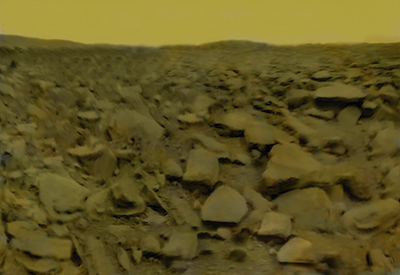
However, these missions didn’t last long. The temperatures and pressures on Venus are too high and the landers were crushed and melted only a few minutes after landing on the Venusian surface.
The following table shows the list of all the missions that landed on Venus
| Mission | Launch Date | Country |
|---|---|---|
| Venera 7 | 17 August 1970 | USSR |
| Venera 8 | 27 March 1972 | USSR |
| Venera 9 | 8 June 1975 | USSR |
| Venera 10 | 14 June 1975 | USSR |
| Venera 11 | 9 September 1978 | USSR |
| Venera 12 | 14 September 1978 | USSR |
| Venera 13 | 30 October 1981 | USSR |
| Venera 14 | 4 November 1981 | USSR |
| Vega 1 | 15 December 1984 | USSR |
| Vega 2 | 21 December 1984 | USSR |
Why hasn’t NASA (the US) landed on Venus?
If the Soviet Union was able to land on Venus, then why hasn’t NASA done the same thing when the US won the space race?
The reason is simple.
NASA (and the US) hasn’t landed on Venus because they don’t think it is worth spending hundreds of millions of dollars on a lander that is only going to be able to survive on the Venusian surface for a few minutes.
The average temperature on Venus is about 464°C (867°F). That is enough to melt lead and many of the delicate sensors that would be required to take readings. On top of that, there’s the insane atmospheric pressure of 92 bar (9,200 kPa). For comparison, that is almost 3 times greater pressure than the record for underwater depth of the most resistant submarine on Earth. Any rover would be crushed quickly.
That is exactly what happened to the Soviet landers. Yes, they were able to land, but then they only transmitted data for a few seconds or minutes before losing contact forever. They were probably crushed into millions of little pieces after that.
NASA however, has sent spacecraft to study Venus from above. For example, the Magellan probe orbited Venus for 4 years between 1990 and 1994 and successfully mapped a lot of its surface.
There is a planned mission to send a new orbiter to Venus within the next decade. The mission is called DAVINCI and part of its mission will be to investigate the possible history of water on Venus.
Summary
- Unmanned spacecraft have successfully landed on Venus
- No manned missions have landed on Venus nor are there plans to send people to the planet
- Venus’ environment is too rough, even for robotic rovers
Enjoyed this article?
Get daily 10-minute PDFs about astronomy to read before bed!
Sign up for our upcoming micro-learning service where you will learn something new about space and beyond every day while winding down.

